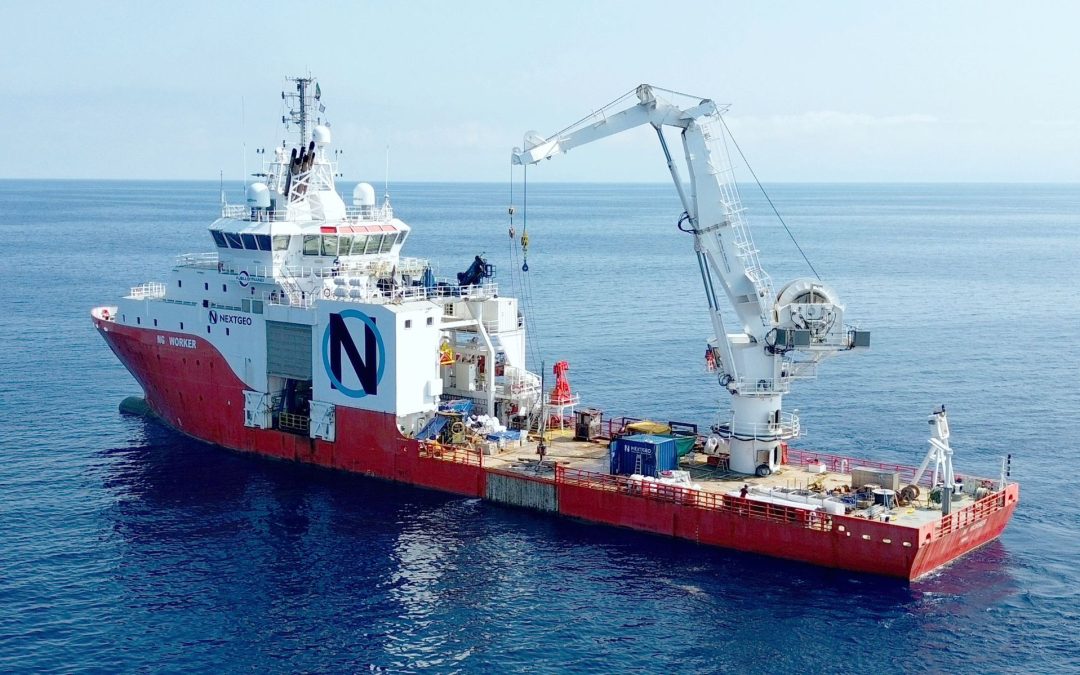Seabed mapping has set sail for Malta–Italy Interconnector 2, covering a 50-metre corridor along the 100-kilometre route. The survey vessel has now completed mobilization and will begin operations from Sicily towards Malta. This operation will provide essential data to confirm seabed conditions and ensure that the subsea cable can be installed safely and reliably.
The Detailed Marine Survey (DMS) uses ROV-mounted multi-beam, side-scan, sub-bottom, image capture, and magnetometer/UXO checks to de-risk the corridor and confirm burial and protection strategies. It will cover an area of about 5 km², which is nearly eight times the size of Valletta.
“This survey will provide seabed information needed to chart the safest route and the best-suited burial plan, which are essential inputs to reduce the risks during offshore cable laying, which will be carried out by a specialized vessel.” Ismail D’Amato, CEO of Interconnect Malta said.
NextGeo, a leading player in international marine geoscience and offshore construction, is carrying out the survey. Meanwhile, Nexans, a global leader in the design and manufacturing of cable systems and services, is manufacturing the 245 kV high-voltage subsea cable system.
Giovanni Ranieri, CEO of NextGeo, commented: “We are proud to be supporting ICM and Nexans in this important project by playing an active role in a strategically important energy infrastructure such as the Malta–Italy Interconnector 2. Through the provision of high-quality geophysical and geotechnical seabed data along the cable route, we will contribute to a safe and reliable cable installation.”
“This survey is a vital milestone in preparing for the Malta–Italy Interconnector 2. Working with NextGeo ensures that we have the most accurate seabed data available, allowing us to plan the final cable route, installation and protection with confidence and deliver a high-voltage subsea link that will serve Malta for decades to come,” Pascal Radue, EVP, PWR-Transmission, Nexans said.
Once completed, Malta–Italy Interconnector 2 will enhance security of supply, enable greater integration of renewable energy, and support Malta’s 2030 climate and energy targets.
Project information can be found at: https://icm.mt/projects/
The Project was approved for ERDF funding, specifically under Priority 2, ‘Promoting clean and fair energy transition, sustainable wastewater management, and green investment’, and Specific Objective 2.3, ‘Developing smart energy systems, grids, and storage outside the TEN-E network’.
This project has been designated as an ‘Operation of Strategic Importance’ due to its significant contribution to the achievement of national priorities for the 2021-2027 Programme. The ERDF funding allocated to the Project amounts to €165 million and will cover more than half of the total investment costs estimated at approximately €300m.


